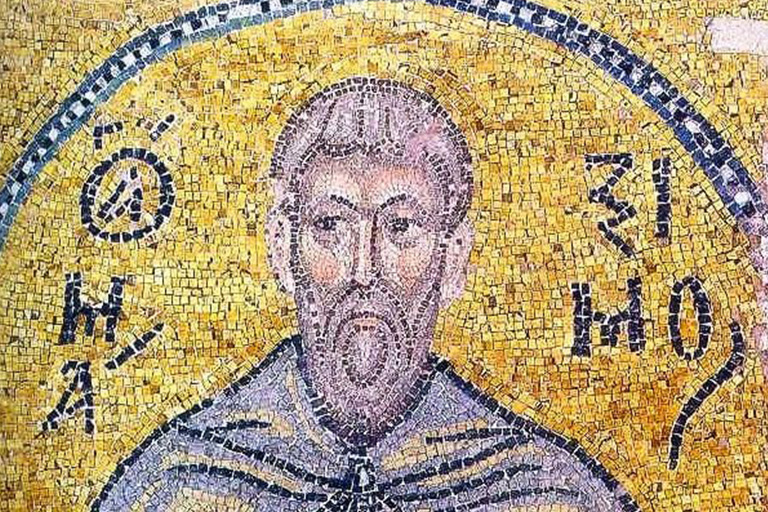Pontifical University of the Holy Cross, Rome, March 27 2025
On March 27, 2025, Sea-Yun Pius Joung (PhD, University of Cambridge) held a seminar on the epistolary of St. Maximus the Confessor for the ROR.
After providing some context on Maximus’s life, times, and broader theological context, Sea-Yun Pius Joung reconstructed Maximus’s metaphysical system with reference to his epistolary greetings, specifically the use of logoi in his greetings and farewells. Despite the manifold meanings of logos, Maximus’s greetings repeat logoi (in the plural) as a means of mediating the presence of the letter writer, in a way that hints beyond merely the words of the letter. Letter 5 (to Constantine Sacellarius) shows a clear instantiation of this as the words of the letter and the logoi of Maximian metaphysics occur together (“words according to the words”), which suggests that Maximus can use logoi metaphysically in his letters, as well as making use of the ambiguity of the word. In short, examining antecedents for Maximus’s metaphysical account of logoi in Irenaeus and the Neo-Chalcedonians, Sea-Yun Pius Joung argued that the logoi in several Maximus’s letters (Ep. 4, 5, 7, 15, 20, 24, 28, 30, 37, 43, 45) provide the means of continuing the Incarnation for the believer, by conveying the presence of the holy man. Thus, logoi are not the hypostasis of Christ, nor the Divine Ideas in a Platonic sense, but principles of individuation that can be conveyed across time and space and that, in deriving from the Logos’s wills (thelemata), continue the incarnation whilst truly conveying the presence of the letter writer.

